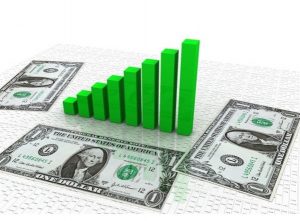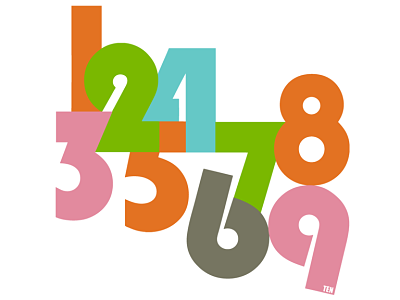Depreciation is mostly used for all tangible assets to estimate the cost over the assets’ useful life. The methods to calculate depreciation is as under.
- Straight line method.
- Declining balance method.
- Sum-of-the-Years’ Digits method.
- Units of production method.
Straight Line Method
Straight line method uses to estimate salvage value of an asset over its expected life, then subtracts that estimated value from its original cost. Salvage value in other words scrap value drives the meaning that an expected price of an assets at the end of its useful life. During tax calculation, it is important for the company to know the cost of assets after depreciation.
For example, suppose ERP Gold purchase a photocopier machine for $20,000, the expected useful life is five years and the salvage value is $5,000. The depreciation expense for the Photocopier machine is $3,000, or (($20,000 – $5,000) ÷ 5), per year.
Declining Balance Method
Declining balance method companies use to write off depreciation cost and reduce tax amount. Generally declining balance method applies, you charge maximum depreciation expense for the first year as per assets useful life. Then gradually decreases depreciation expenses for next years. It is calculated by multiplying the straight line rate by 2.
For example, suppose ERP Gold buys a fixed asset has a useful life of three years, the cost of the fixed asset is $8,000, the rate of depreciation is 50% and the salvage value is $1,000.
To estimate the depreciation value for the first year, you will follow the following formula
Netbook value-salvage value x depreciation rate.
The Sum of the Years Digits Method
The sum-of-the-years’ digits method suggest as depreciation rate that steps up more than the straight-line method but less than the declining balance method
For example, Misoftsolution Purchases an Equipment for $10,000 with a useful life of five years and salvage value of $1000. For the purpose to calculate the depreciation value per year, first calculate the sum of the years’ digits. In this case, it is 15 years, or (1+2+3+4+5). The depreciable amount is $9,000 ($10,000-$1,000).
In the first year, the multiplier is 5÷15 since there are five years left in the useful life; in the second year, the multiplier is 4÷15; in the third year, the multiplier is 3÷15; and so on. The depreciation value is $3,000 (($10,000 – $1,000)*(5÷15)). This method will be used up until the salvage value.
Units of Production Depreciation
Units of production allocate an equal expense rate to each produce by the company; the formula involves using historical costs and estimated salvage values and then shaping the expense for the accounting period, multiplied by the number of units produced.


